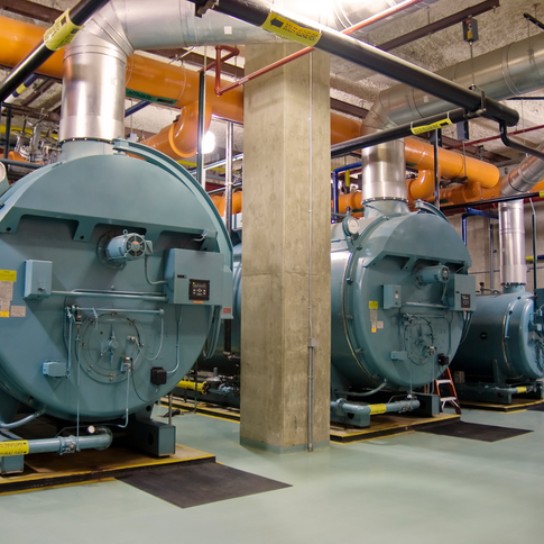Understanding the Processes of Coagulation and Flocculation in Water Treatment Systems
Coagulation and Flocculation Essential Processes in Water Treatment
The processes of coagulation and flocculation are critical in the water treatment industry, particularly for purifying drinking water and treating wastewater. These methods involve the removal of suspended particles, colloids, and contaminants from water, ensuring that it meets safety and quality standards for human consumption and environmental discharge.
Coagulation is the initial step in the treatment process where chemicals, known as coagulants, are added to the water. These coagulants, commonly salts of aluminum or iron, destabilize the charged particles suspended in the water. When water is left untreated, it contains various particles that often have negative charges, causing them to repel one another and remain suspended in the solution. By introducing coagulants, the surface charge of these particles is neutralized, allowing them to come together and form larger aggregates.
Following coagulation, the process of flocculation occurs. This stage involves gentle stirring of the water to encourage the formation of larger aggregates, known as flocs. During flocculation, the small coagulated particles collide and adhere to one another, growing in size. The mixing is performed at low energy levels to prevent breaking apart the fragile flocs that are being formed. This step is essential because larger flocs settle more easily during subsequent sedimentation or filtration processes.
The benefits of coagulation and flocculation extend beyond merely removing visible particles. These processes also help to eliminate pathogens, organic matter, and other contaminants that could pose health risks to humans and ecosystems. By effectively clarifying water, these techniques enhance the efficiency of further purification steps, such as sedimentation and filtration.
coagulation and flocculation

Once flocs have matured sufficiently, they can be removed from the water through sedimentation—where gravity aids in separating heavier flocs from the liquid—or through filtration methods. Sedimentation typically occurs in large tanks where the treated water is allowed to sit undisturbed, allowing the flocs to fall to the bottom. In some cases, additional filtration systems, such as sand filters or membrane filters, are employed to further purify the water by trapping any remaining particles.
The choice of coagulants and the dosage used in coagulation impact the efficacy of these processes. Factors such as water temperature, pH, and the nature of the suspended particles must be considered to optimize treatment. Overdosing can lead to excessive residual chemicals in the treated water, while underdosing may result in insufficient removal of contaminants.
As concerns about water quality and availability continue to grow globally, the importance of coagulation and flocculation cannot be overstated. These fundamental processes are integral to the development of sustainable water treatment practices, ensuring that communities have access to clean and safe drinking water. Moreover, advancements in technology and research are continually improving the efficiency of these processes, further enhancing their role in environmental protection and public health.
In conclusion, coagulation and flocculation are pivotal steps in water treatment, providing a foundation for the effective removal of contaminants. By understanding and optimizing these processes, we can ensure cleaner water for future generations, contributing to the overall well-being of both people and the planet.
-
Understanding Polycarboxylic Acids: Properties, Applications, and Future PotentialNewsJul.28,2025
-
Scale Inhibitor Explained: How to Protect Your System from Limescale and Hard Water DamageNewsJul.28,2025
-
Scale and Corrosion Inhibitors: Essential Chemicals for Industrial Water System ProtectionNewsJul.28,2025
-
Polyaspartic Acid: A Biodegradable Polymer for Sustainable ChemistryNewsJul.28,2025
-
Isothiazolinones: A Versatile Antimicrobial Class with Industrial Power and Regulatory ChallengesNewsJul.28,2025
-
A Deep Dive into 2-Phosphonobutane-1,2,4-Tricarboxylic Acid (PBTC)NewsJul.28,2025





